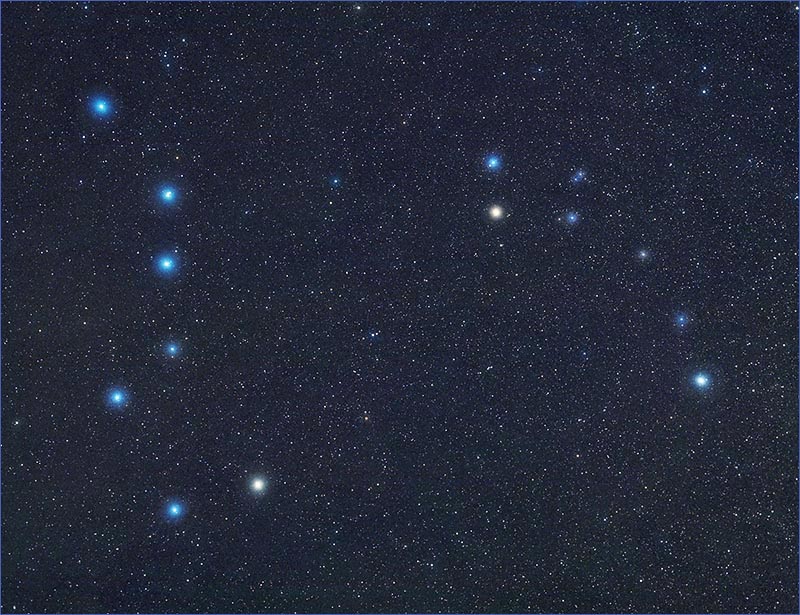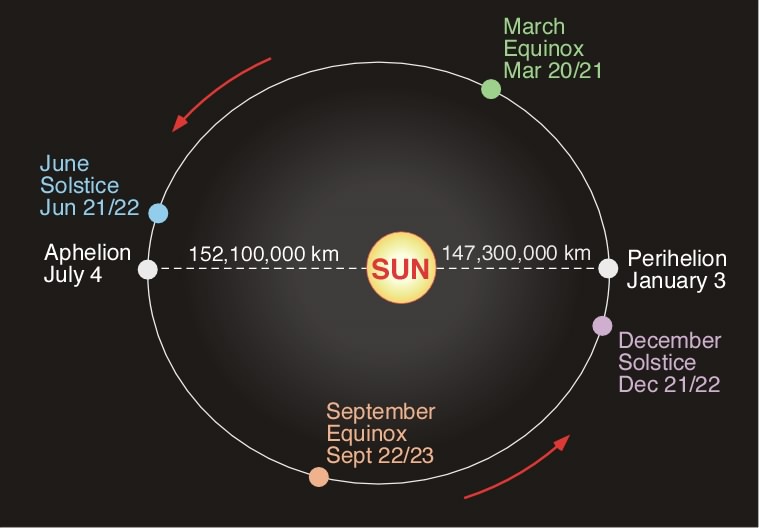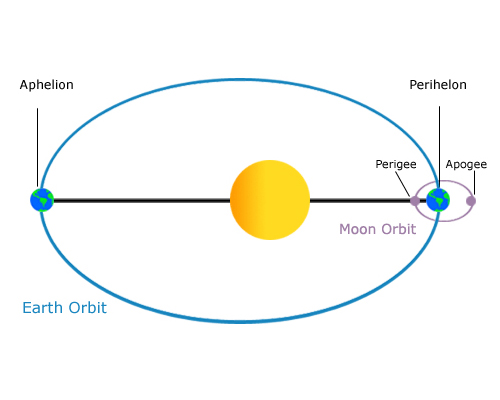Read ch 10/11 in your review books
look over all worksheets....
check off the blue review sheets
Earth Science TEST #5 on Thursday 12/20/12
Study from your review book and handouts for multiple choice and free response questions.
Study from your review book and handouts for multiple choice and free response questions.
- Eccentricity / orbital velocity
- Apparent diameter (size and angular)
- Geocentric and Heliocentric models
- Moon phases, eclipses and tides
- Latitude, longitude – coordinates
- Polaris / Big Dipper / Little dipper and pointer stars




























